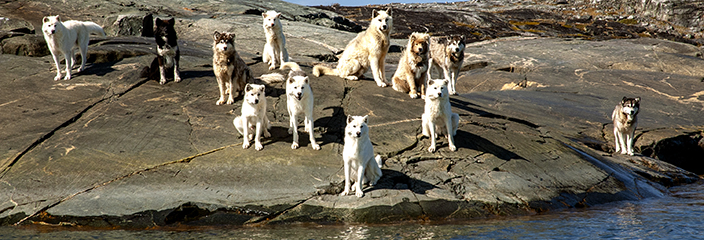By Corey Sandler
When you imagine Japan, do you conjure Samurai warriors?
Stealthy, lethal Ninjas?
Fierce soldiers who held out against overwhelming forces throughout World War II, including against overwhelming force in the final months?
Or…do you think of modern Japan as something very different?
Pokémon and Sailor Moon? Furry mascots for sports teams, corporations, and municipal governments?
And above all, kittens.
We’ve just returned from another trip to Japan. That marks twice in six months we have ventured to the far extremes of jet lag, a 13-hour flight and 13 time zones. Being there was great; getting there and back was grueling.
This time we met up with Viking Orion, sailing from Tokyo to central and southern Japan and then on to Taiwan and Hong Kong.
To me, one of the great joys of travel is to go where life and culture are different.
When I am away, I do not want to feel at home. I want to go down the rabbit hole with Alice to a place where the more you explore the curiouser and curiouser things become.
I was born just after the end of World War II and that makes me of the age that knew of fierce Japan, ruined Japan, and resurgent Japan. The country, most of its cities and ports reduced to rubble, literally rose from those ashes to become an economic powerhouse.
And though Japan was greatly changed by the war and by the mostly positive efforts of American occupation led by the intriguing General Douglas MacArthur, it rebuilt itself with a culture that took many things Western and turned them toward the East.
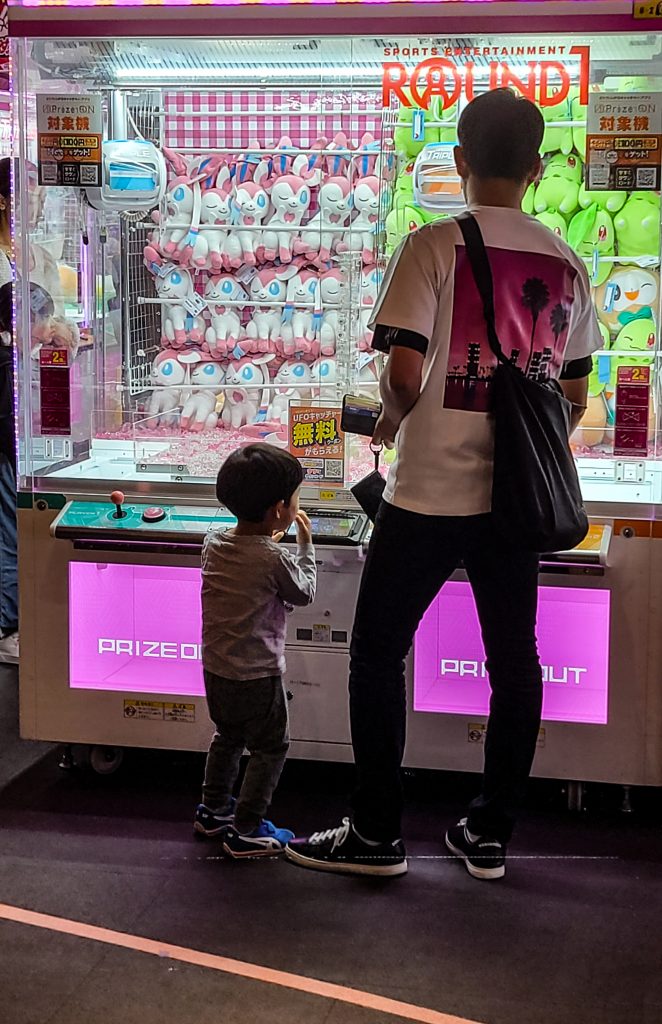
The first time I visited Japan, in the 1980s, I was bewildered by the unfamiliar colors of familiar objects like refrigerators and cars: lime green, tangerine, pink. Today, the color scheme has moved more toward neutral Western white, silver, and black.
But there are still some very perplexing examples of things that seem somehow lost in translation.
Consider the humble KitKat chocolate bar, a British invention now owned by the Swiss confectionary maker Nestlé, except for an American offshoot produced by Hershey. KitKat arrived in Japan in the 1970s when rights were acquired by Fujiya, which makes and sells brands including Look, Heart, and Milky chocolates and jellies.
In Japan, you can still buy the traditional chocolate bars, but why go for the familiar when you can also find KitKats in Dark Matcha (chocolate and green tea), Chestnut, Sweet Potato, Caramel Pudding, or Melon?
Alas, some of the 70 or so varieties are produced in small batches and only sold for short periods of time.
We stopped at several dozen convenience stores and other shops in search of our holy grail: KitKat Wasabi. Never found it, but there’s always next time.

But for me the greatest source of wonderment in Japan is kawaii: the national fixation on cuteness.
I will not pretend to be a sociologist here.
I will observe that in many places around the world young girls seem to be engaged in a race to dress like, act like, and otherwise seek a very early entry into womanhood. In Japan many instead seem to be holding fast to childhood.
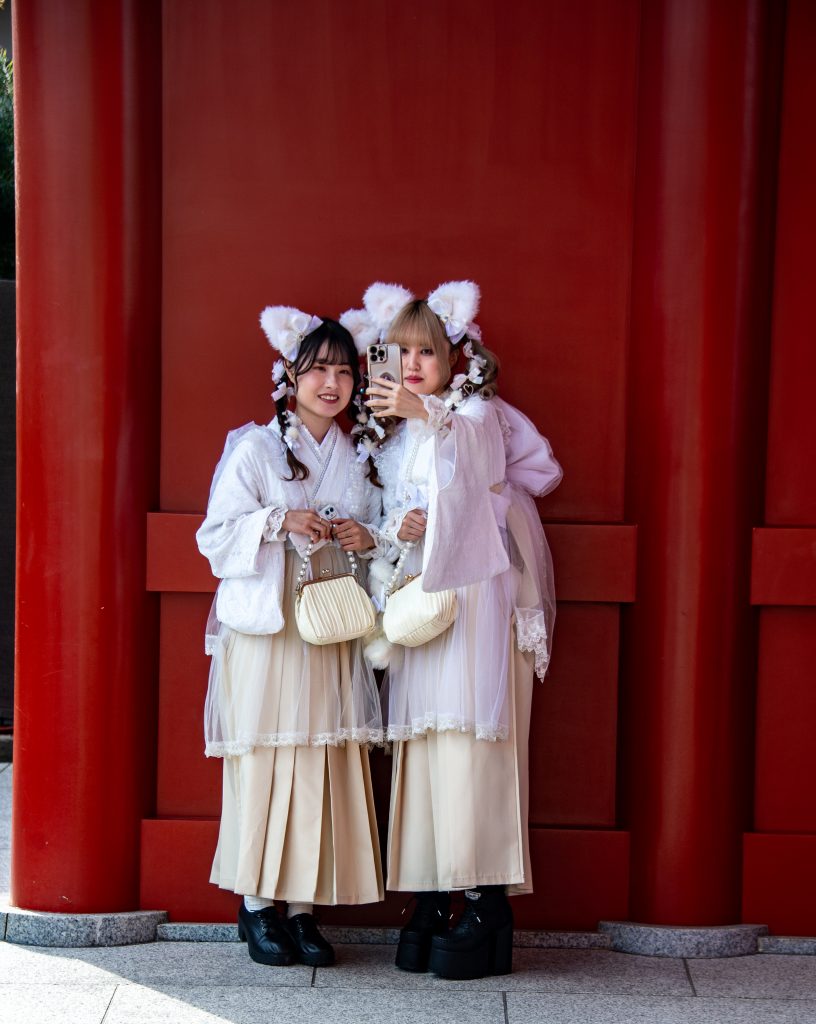
I say young girls, because that seems to be the heart of kawaii, but there are also a sizeable contingent of young boys who do not easily put away childish things. Think Nintendo and anime comics and Japanese Boy Bands.
Kawaii (可愛い) means adorable or cute. There are cute girls and cute boys, and also kittens, lots of kittens.

The hyperactive Japanese game and music and merchandising industries have extended that concept to cute categories within manga (comics or graphic novels) and anime (animated cartoons.)
Say hello to Super Mario Bros., Hello Kitty, and Pokémon.
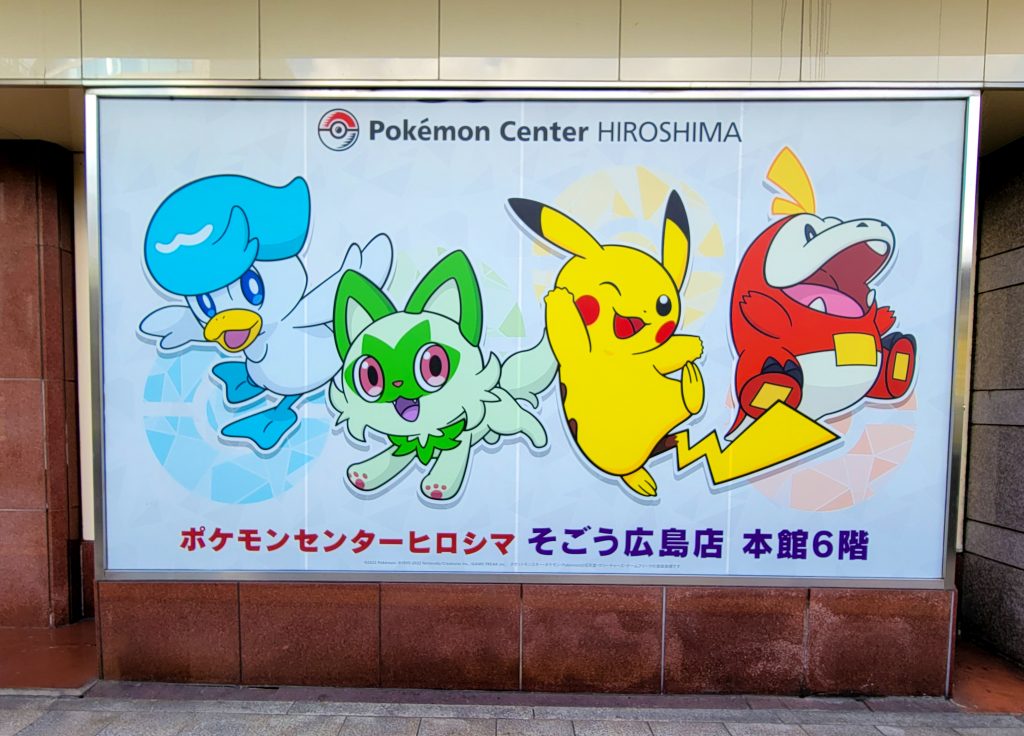
And then there are the mascots. Nearly every sports team, major corporation, store, city, and prefecture has a kawaii character.

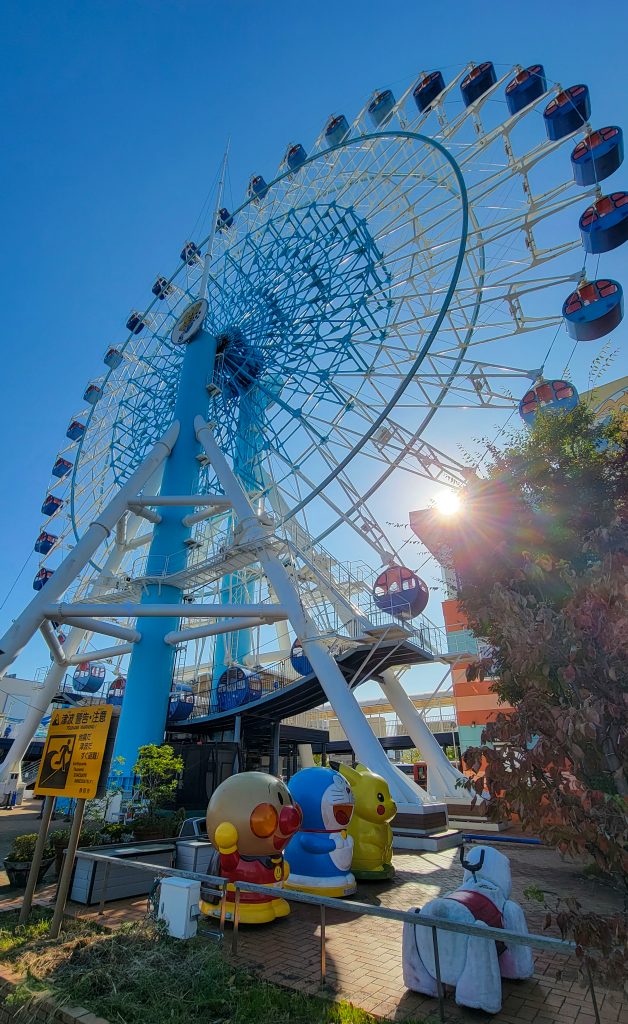
KitKat’s maker, Fujiya, is represented by Peko-chan, a girl in pigtails licking her lips. Peko-chan, to me, looks like a somewhat updated version of Anne of Green Gables, the fictional heroine of books by the Canadian author Lucy Maude Montgomery.
Anne, sometimes called Anne of Red Hair, took hold in the postwar years when American occupation forces imported the book as part of an effort to liberate Japanese girls from traditional gender roles. And very kawaii, too.
Certainly not every Japanese female has gone kawaii. But a stroll through Tokyo, especially on the weekend, leaves you almost surrounded by Lolita fashion, ribbons, bows, and parasols. Makeup styles aim to accentuate large, round doll-like eyes.
In the United States, many young girls play-act adult roles with Barbie dolls. Barbie is not a big factor in Japan, but instead there is Licca, a doll modeled after an 11-year-old girl.
So why kawaii? It could be seen as a way to seek a return to innocence in a country that was ravaged by war, including the horrors of two atomic bombs. In the 1950s, kawaii came into being…at the same time as Godzilla and his competitors. Curiouser and curiouser.
One of General MacArthur’s legacies is a constitution that renounced the right to wage war, at least in theory.
Or perhaps, sociology-wise, a broader move away from the strictures of the samurai, ninjas, and geishas.
Tokyo itself, the capital of the island nation and home to many things old and revered in Japan, has several conflicting personalities. Modern architecture ranges from emulation of things western like the expensive shops on the Ginza and the Eiffel Tower-like Tokyo Tower to inscrutable oddities like cartoon characters surrounding office buildings and very unusual decor at major corporations.
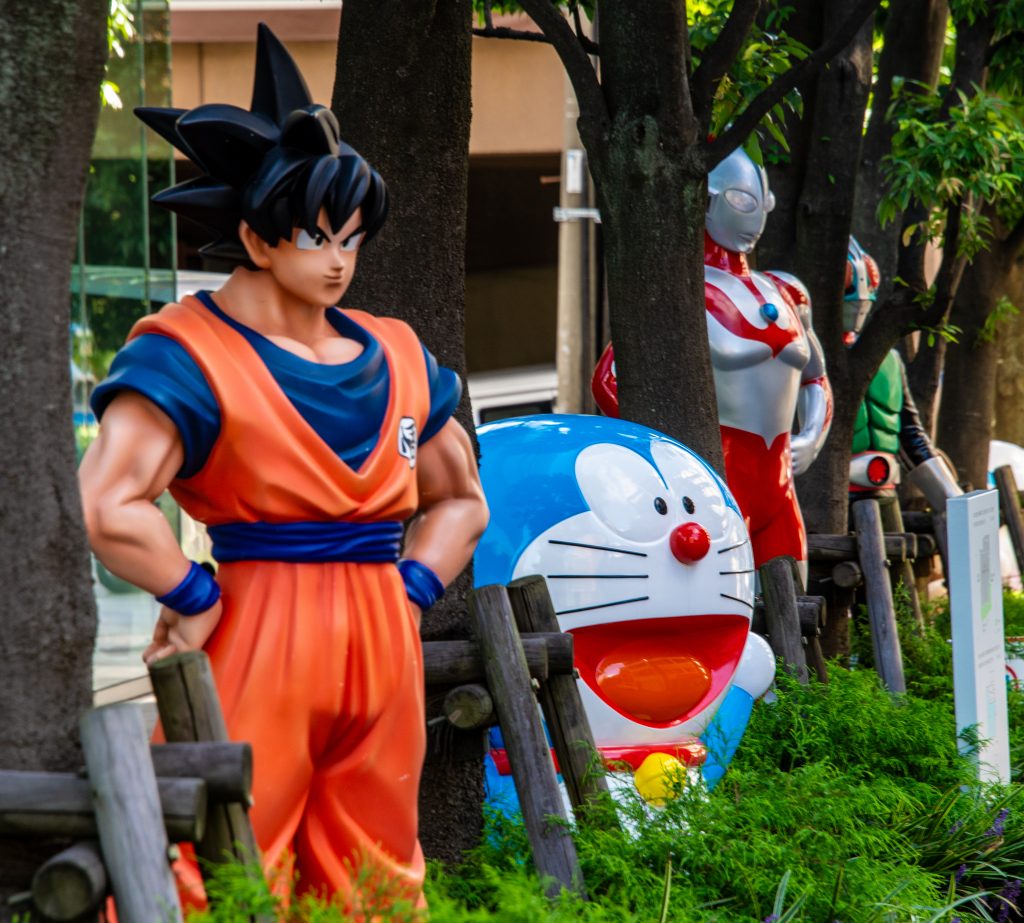

I’ll be back next month with photos and observations from other stops on this cruise, including the heavily freighted worlds of Hiroshima and Nagasaki, a visit to the neighborhood erupting volcano in Kagoshima, a drop-in in Taipei, Taiwan and a steamy time in schizophrenic Hong Kong.
All photos and text copyright 2023 by Corey Sandler, all rights reserved. If you would like a copy of a photo for personal or commercial use please contact me for permission.
